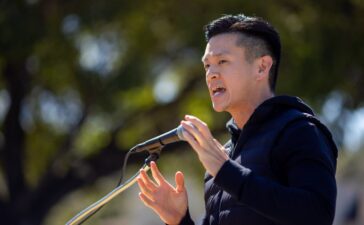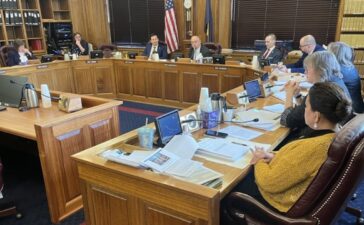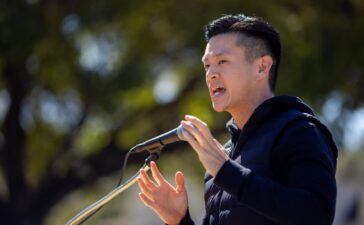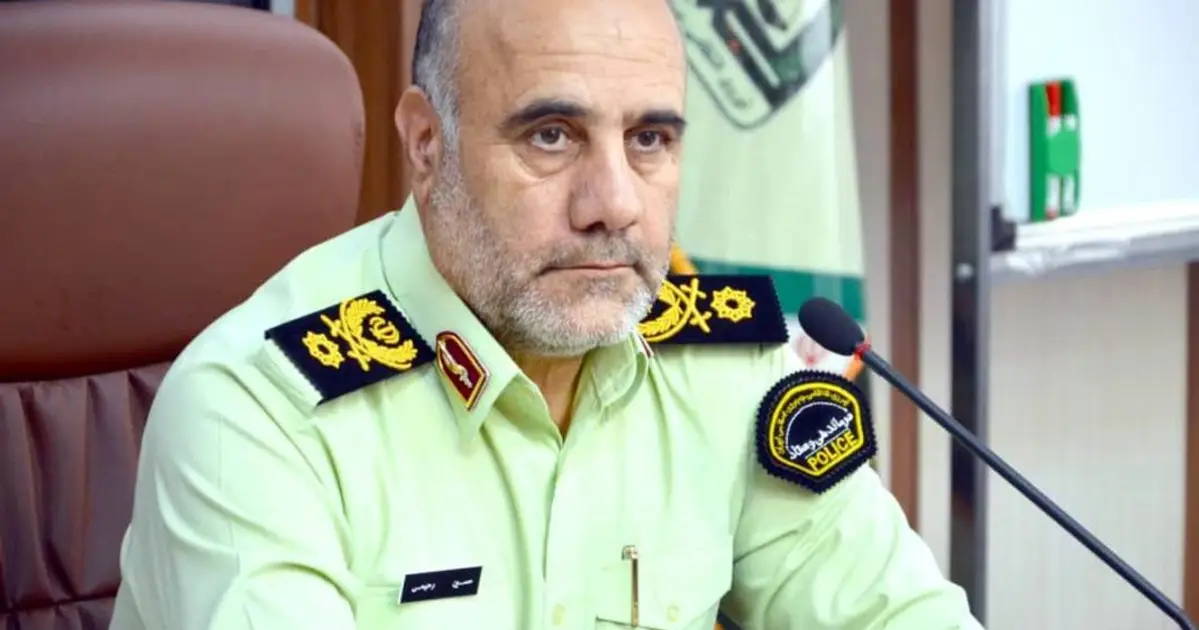Ken Griffin is no stranger to giving out big gifts in the big cities where he lives and does business.
In Chicago, the financial magnate donated $125 million in 2019 to help modernize the Museum of Science and Industry. In New York, he threw in $40 million for a new wing at the Museum of Natural History.
Now the billionaire founder of the Citadel financial empire is using his fortune to make a mark in Florida, where he moved from Chicago in 2022. His gifts are the highest-profile example of how recently transplanted financial professionals are forging a new era of philanthropy across the Sunshine State. From Tampa to Miami and Sarasota to Boca Raton, affluent young people and families rooted in Wall Street careers have helped drive a boom in giving.
One beneficiary has been the Cox Science Center and Aquarium in West Palm Beach. Before finance professionals began flocking to the region, the biggest gift it ever received was $900,000. Then in 2021, it set out to raise funds for a new building that’s expected to cost $105 million. Griffin gave $8 million. The center has another $35 million left to raise, including $10 million to create an endowment.
The Miami Foundation’s recent ‘Give Miami Day,’ an annual single-day fundraising sprint for local charities, offers more evidence of how a new donor class is stepping up. The online campaign raised $34 million this year, more than double the $14 million it brought in 2019. The number of donors giving $100,000 or more surged to 36 from eight in 2020.
“I joke that if you wanted to be a founding father in New York, you’d need a time machine and possibly another zero or two at the end of your net worth,” said Rebecca Fishman Lipsey, the Miami Foundation’s chief executive officer. “But if you want to be a founder in Miami you just need to pull up a chair, because it’s happening right now.”
Florida’s community foundations, which house and distribute donor funds to support local nonprofits, have seen their holdings soar. The Community Foundation for Palm Beach and Martin Counties says its total assets have jumped 62% over the past decade to $245 million. Broward County has seen a more than six-fold increase. And in Sarasota County, assets have more than doubled since 2011.
New Arrivals
Thoma Bravo co-founder Orlando Bravo moved to Florida around the time of the June 2021 collapse of a condominium complex in Surfside. The disaster prompted his first local donation, a $250,000 gift to help support victims.
The 53-year-old financier is now working to bring a program he first got to know in his former home base of San Francisco to Miami. SEO Scholars, run by Sponsors for Educational Opportunity, helps low-income students finish high school and college.
So far, 100% of the participants have made it through high school, and 90% earned a college degree. Bravo, an SEO board member, thinks that success can be replicated in Miami, where he hopes to raise $30 million to back the program for its first eight years, with a first group of students starting in 2025.
“I want to make sure that this could be an enduring organization for a very long period of time,” Bravo said.
Elsewhere, younger givers are latching on to local causes. Seeking the culture they loved in New York, Point72 portfolio manager Andrew DiMaria, 40, and wife Kelly, 38, signed on as founding donors of the Center for Arts and Innovation in Boca Raton, which has star architect Renzo Piano designing its first headquarters. Kelly, who home schools their kids at their waterfront home in Ocean Ridge, has joined the board of the Delray Beach Children’s Garden.
At a tech-industry dinner a year ago, San Francisco transplant Pascal Unger, the 35-year-old co-founder of early-stage venture capital firm Focal, encouraged fellow new Miamians to check out the New World Symphony. After meeting a staffer from the Knight Foundation, a funder of the symphony, that evening, he wound up joining New World’s digital strategy committee.
Given how he’d seen things work in the Bay Area, Unger was surprised by the swift welcome.
“This is about what I know of the digital world,” he said, “not how long I’ve been around or how much money I have to give.”
Well-heeled new part-time residents are also helping. One day over lunch in Miami Beach, Laura Blankfein, 70, and friends from New York decided to form what they called the Miami-Dade Impact Collective.
“Our thinking was, here we are, enjoying the weather, the beaches, the restaurants, the art, and there’s a vast community of Miami residents who are in desperate need, just as in New York and in any city,” said Blankfein, the wife of former Goldman Sachs Group Inc. CEO Lloyd Blankfein. “We should be carrying the philanthropic nest to Miami and not limiting ourselves to where we go back to.”
They aimed to corral 15 donors for $25,000 each. Instead, 40 donors together gave $1 million to Lotus House, a woman’s shelter in Miami’s Overtown. This year, about 50 donors gave $1.25 million, which was split between Kristi House, a child advocacy group that helps trafficked girls, and Overtown Youth Center, founded by former Miami Heat star Alonzo Mourning. Blankfein gave $25,000 in each round.
Maintaining Momentum
Nonprofit veterans are watching the surge with cautious hopefulness. Wealth is mobile, and there’s no guarantee new people will make local connections.
“While there is a lot of optimism that the community is coalescing around the need to solve affordable housing and climate change issues, the solutions haven’t emerged,” said Maria Ilcheva of the Jorge M. Perez Metropolitan Center at Florida International University in Miramar, Florida, who’s studied nonprofits for over a decade. “We need to act quickly to maintain that passion and momentum.”
The Cox Science Center and Aquarium, founded by the local Junior League in the 1960s, is hoping to harness the new energy to provide science and technology education to 350,000 schoolchildren annually, from 150,000 now. Its current capital campaign has drawn backing from Julia Koch, the widow of David Koch; Leonard and Judy Lauder; Charles and Helen Schwab; and the state of Florida. The center was renamed after venture capitalist Howard Cox and his wife, Wendy, made a $20 million donation.
“Our donor base that we have now, it’s just something that we’ve never had before,” said Kate Arrizza, the center’s CEO. Arrizza, a Navy veteran who grew up in nearby Jupiter, had volunteered at the center when she was in high school.
Before becoming CEO in 2020, as chief operations officer Arrizza helped steer a $10 million addition; a $2.5 million renovation of the original building’s musty offices into an exhibition about the brain; and a new outdoor area with a mini golf course and amphitheater.
“Once they see the center and meet Kate, they’re sold,” said Howard Cox, who bought a home in a Palm Beach a few years ago, where he’d been coming since he was a child. The Coxes have worked hard to draw money to the science center, which had often been passed over by wealthy donors in the past.
The center plans to use its new funds to expand its exhibition space by 68,000 square feet. The current aquarium is 10,000 gallons; a new one will be more than 10 times as large. A digital exhibit gallery will have screens 40 feet high — a far cry from the science fair posters currently on display in a hallway.
Traveling exhibitions about dinosaurs and the Titanic are helping cover the center’s increasing costs. Still, even flush with money from its big-name donors, the center’s modest roots are visible behind the scenes. Sitting in the trailer she uses as her office, Arrizza points to a spot where her heel recently punched a hole in the floor.
“We don’t use the money for ourselves,” she said. “I am not back here twisting my mustache, rolling in my millions.”















